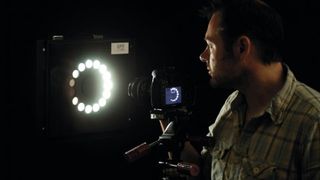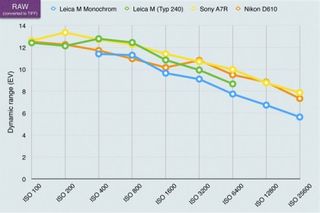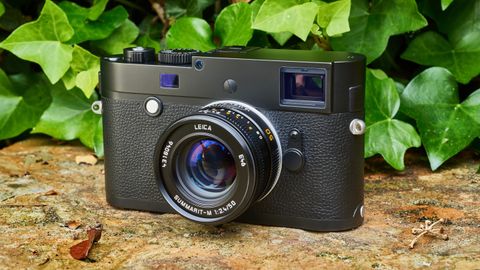Why you can trust TechRadar
Dynamic range is a measure of the range of tones the sensor can capture. Cameras with low dynamic range will often show 'blown' highlights or blocked-in shadows. This test is carried out in controlled conditions using DxO hardware and analysis tools.

Read: Noise and dynamic range results explained
Dynamic range is measured in exposure values (EV). The higher the number the wider the range of brightness levels the camera can capture. This falls off with increasing ISO settings because the camera is having to amplify a weaker signal. Raw files capture a higher dynamic range because the image data is unprocessed.
Leica M Monochrom (Typ 246) dynamic range charts

JPEG dynamic range analysis: The Monochrom's limited JPEG dynamic range is very obvious in this comparison, a property it shares with the Leica M240. The Nikon D610 and Sony A7R can capture a wider brightness range without clipping shadow or highlight detail.

Raw (converted to TIFF) dynamic range analysis: The Monochrom's raw files contain a much wider dynamic range than its JPEGs, but it's still near the bottom of the group, especially at higher ISO settings.
Current page: Lab tests: Dynamic range
Prev Page Lab tests: Resolution Next Page Lab tests: Signal to noise ratio
